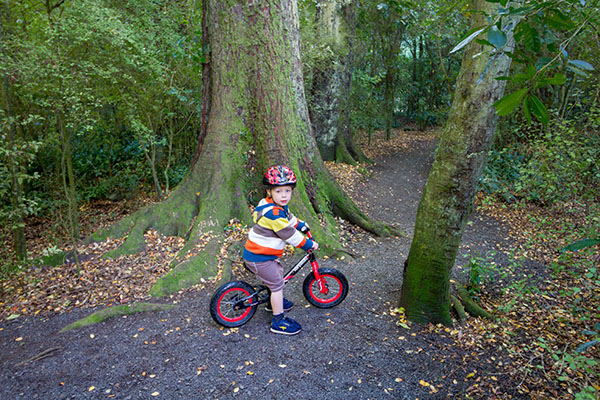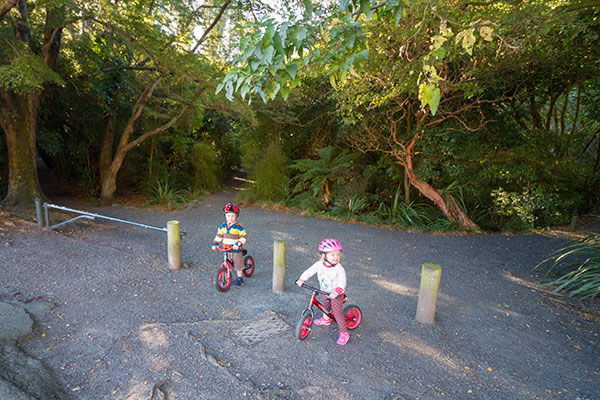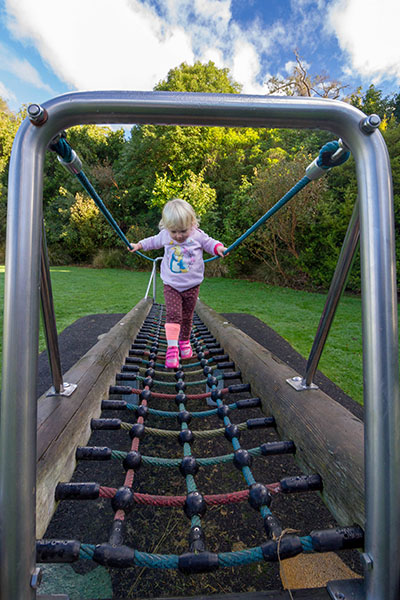Woodhaugh was set up as a industrial little town back in the mid 1800's. The quarry which you can only see as shear cliffs along the edges of the Water of Leith, once suppled rock for the roads of Dunedin in the early days.
The Leith river was used for sawmills, flour mills and New Zealand's second biggest paper mill - which sat on the site where the camping ground is now.
In the 1870's there was a huge shortage of paper in New Zealand. Provincial governments offered high financial incentives for paper production.
In 1875, Edward McGlashan purchased a small paper machine and leased land at Woodhaugh. He demolished the saw mill that was already on the site and started work on his paper mill.
The mill was opened in May 1876 and took quite a while to gain traction. He sold the mill to the Otago Paper Mills Company in 1878 due to ill health.
The mill grew and grew until some financial difficulties saw it sold to a man named John Mitchell. The mill grew again, making all sorts of paper produce and started exporting to Aussie.
In the early 1900's, three paper mills where in full production in New Zealand, They merged together and created the New Zealand Paper Mills Ltd.
In 1911 fire broke out and burnt the woodhaugh mill to the ground, But it was rebuilt and again grew larger.
In 1936 the paper mill closed its doors, not for loss of profit, as it was a very fine mill, but because the Mataura mill was closer to the railway line.
Reminds me of a certain chocolate factory that just closed down - Stu




